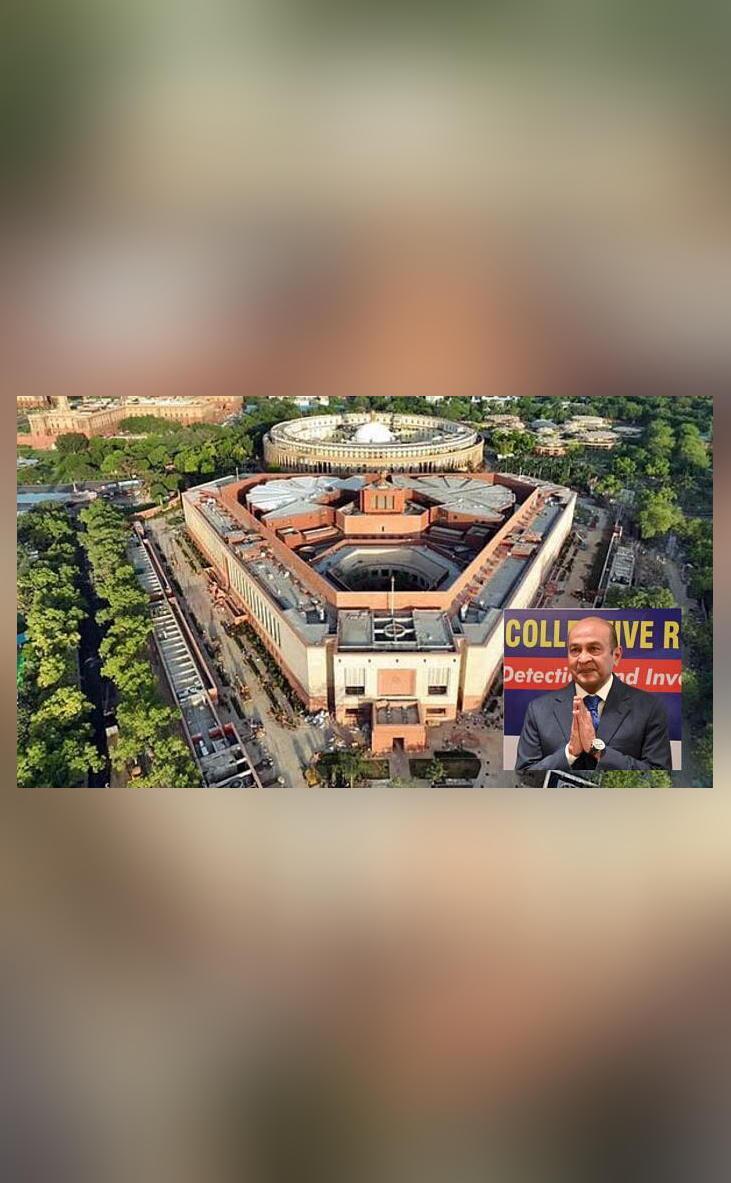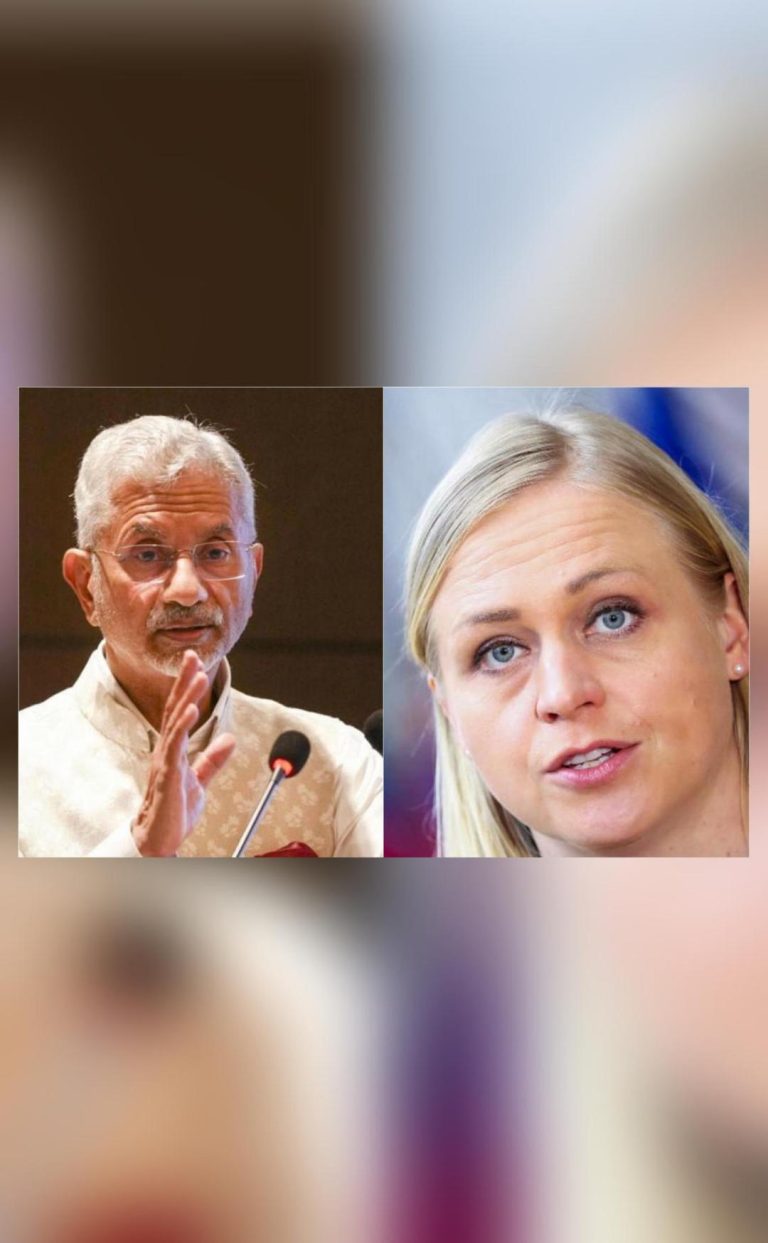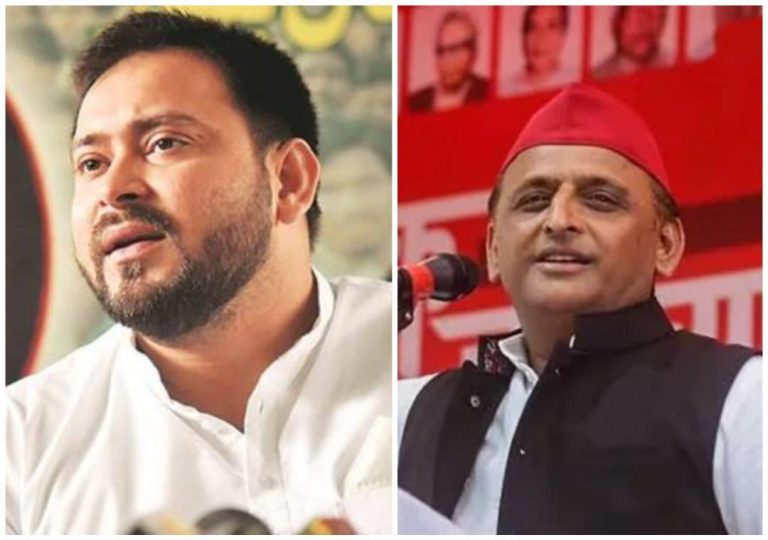
Panel likely to ask Centre to define grounds for removing judges
The removal of judges from the Supreme Court and high courts has always been a contentious issue in India. There have been several instances where judges have been accused of misbehaviour or incapacity, leading to calls for their removal. However, the process of removal has often been mired in controversy and uncertainty. Now, a Parliamentary Standing Committee on Personnel, Public Grievances, Law and Justice is likely to recommend that the Centre define what constitutes “proved misbehaviour” and “incapacity”, the two grounds for removing judges.
The committee, comprising members of Parliament from various parties, has been examining the Judges (Inquiry) Act, 1968, and the Judges (Condition of Service) Act, 1958. In a recent meeting, the committee members expressed concerns that the current rules and regulations are too vague, leading to ambiguity and uncertainty.
“Members feel that this remains a grey area. While incapacity is largely understood, misbehaviour…can have many interpretations,” said a committee member, who wished to remain anonymous. “We want to make sure that the grounds for removal are clearly defined, so that there is no confusion or controversy.”
The Judges (Inquiry) Act, 1968, states that a judge can be removed from office if they are found to have engaged in “proved misbehaviour” or are “incapacitated” from discharging their duties. However, the law does not provide a clear definition of what constitutes “misbehaviour” or “incapacity”.
In recent years, there have been several instances where judges have been accused of misbehaviour or incapacity, leading to calls for their removal. For example, in 2018, the Supreme Court had to intervene in a controversy surrounding the Chief Justice of India, Dipak Misra, who was accused of misbehaviour by four senior judges. The controversy was eventually resolved, but it highlighted the need for clearer guidelines on the removal of judges.
The committee’s recommendation to define the grounds for removal is likely to be welcomed by many who have been following the controversy surrounding judges. “It’s essential to have clear guidelines on the removal of judges,” said Prashant Bhushan, a lawyer and activist who has been critical of the judicial system. “The current system is too vague and can lead to abuse of power. By defining the grounds for removal, the Centre can ensure that the process is fair and transparent.”
However, there are also concerns that defining the grounds for removal could restrict the power of Parliament to remove judges. The Judges (Inquiry) Act, 1968, gives Parliament the power to remove judges from office, but the process is currently governed by the rules and regulations of the Supreme Court and high courts.
Some legal experts have expressed concerns that defining the grounds for removal could undermine the independence of the judiciary. “The judiciary is supposed to be independent, and any move to restrict its power could be harmful,” said Vrinda Grover, a lawyer who has appeared in several high-profile cases. “The current system may be flawed, but it’s essential to ensure that the judiciary remains independent and impartial.”
The committee’s recommendation is likely to be discussed in detail in the coming weeks, and it remains to be seen whether the Centre will accept the recommendation. However, the move is likely to be welcomed by many who have been following the controversy surrounding judges. As one committee member noted, “Defining the grounds for removal is essential to ensure that the process is fair and transparent. It’s time to bring some clarity to the system.”






